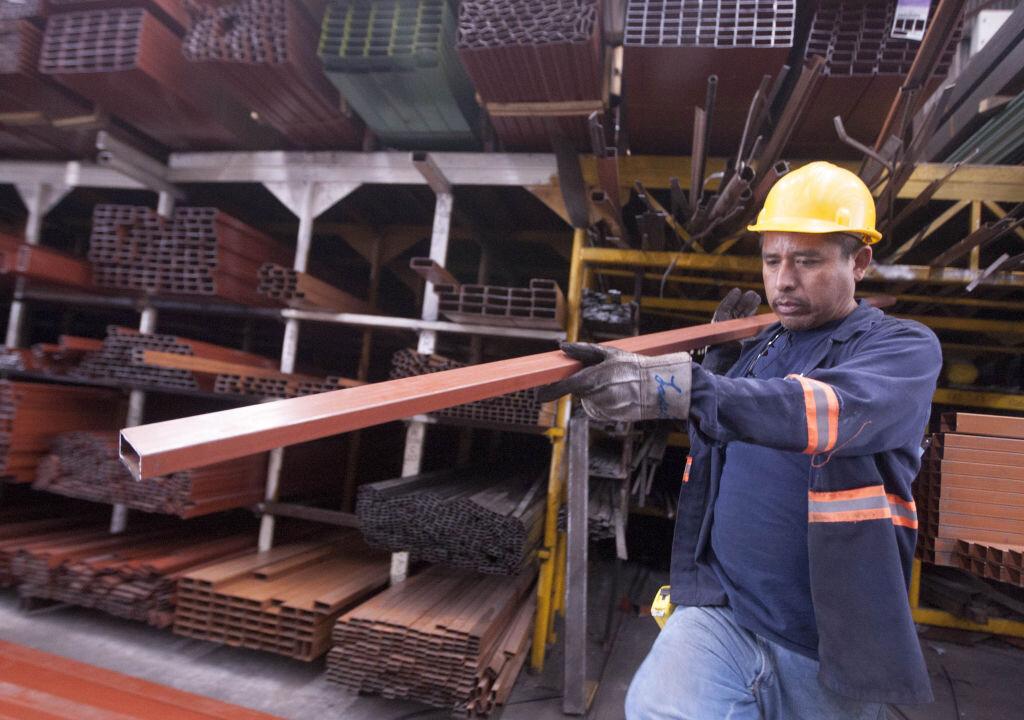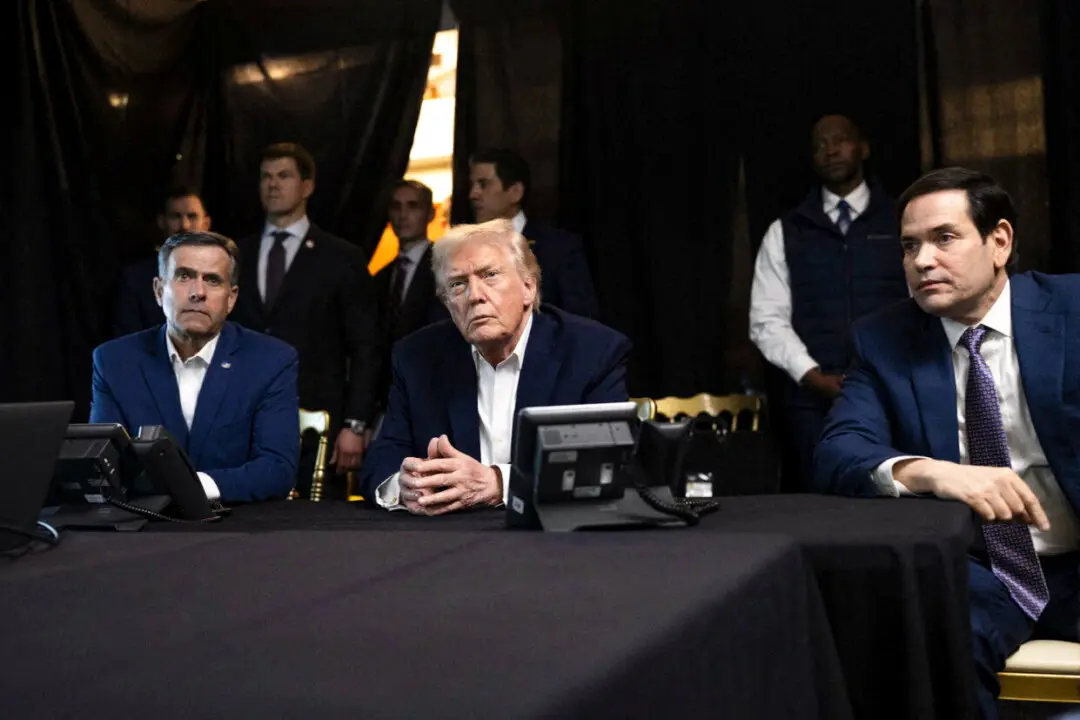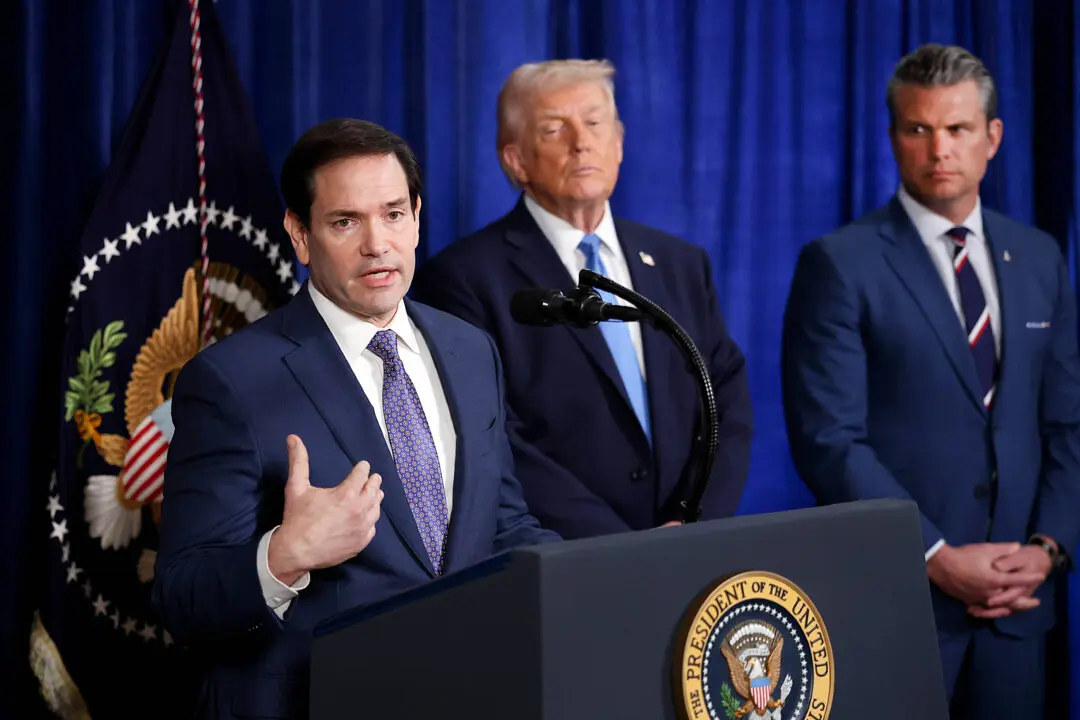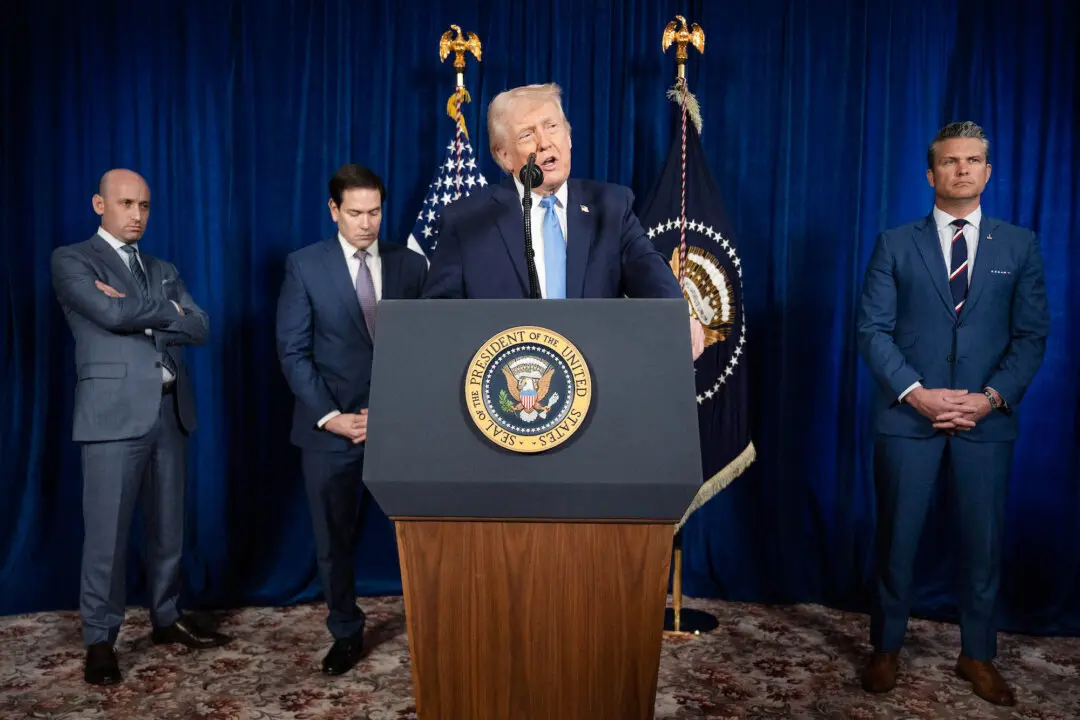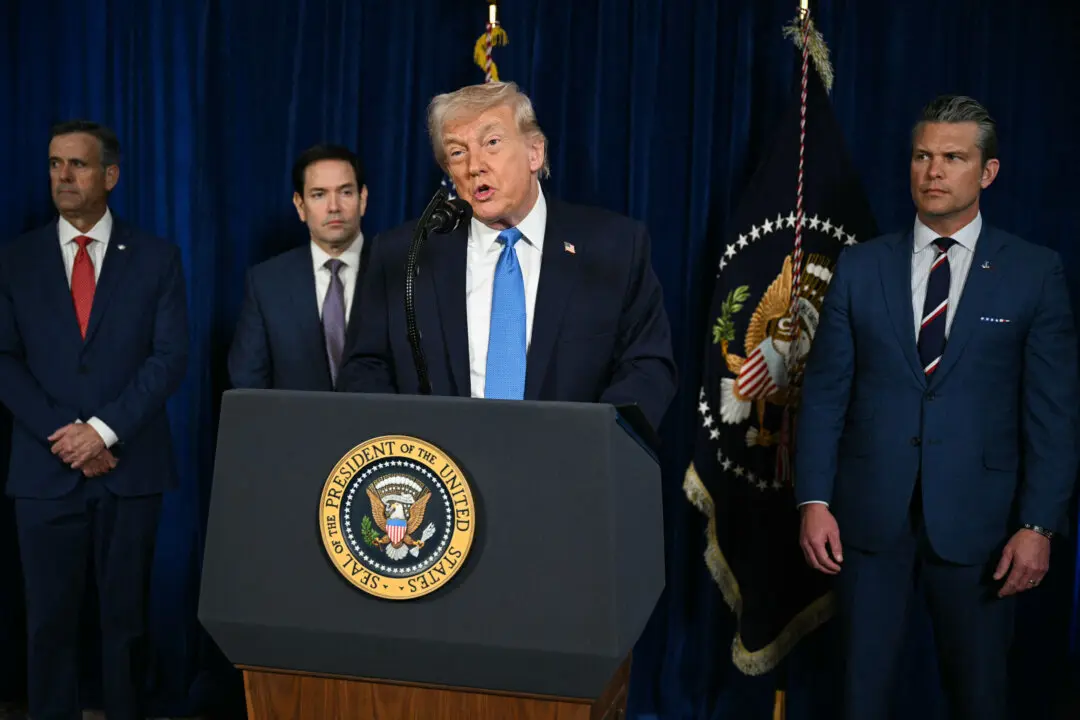WASHINGTON—President Donald Trump agreed to lift U.S. tariffs on steel and aluminum from Canada and Mexico, removing a key obstacle for the approval of the revamped North American Free Trade Agreement (NAFTA) in the Republican-controlled Senate. The new pact, however, still faces challenges in Democratic House.
The United States announced May 17 that it would remove the Section 232 tariffs for steel and aluminum imports from Canada and Mexico that were implemented in 2018. In response, both countries agreed to remove tit-for-tat tariffs they imposed on a variety of U.S. goods.
